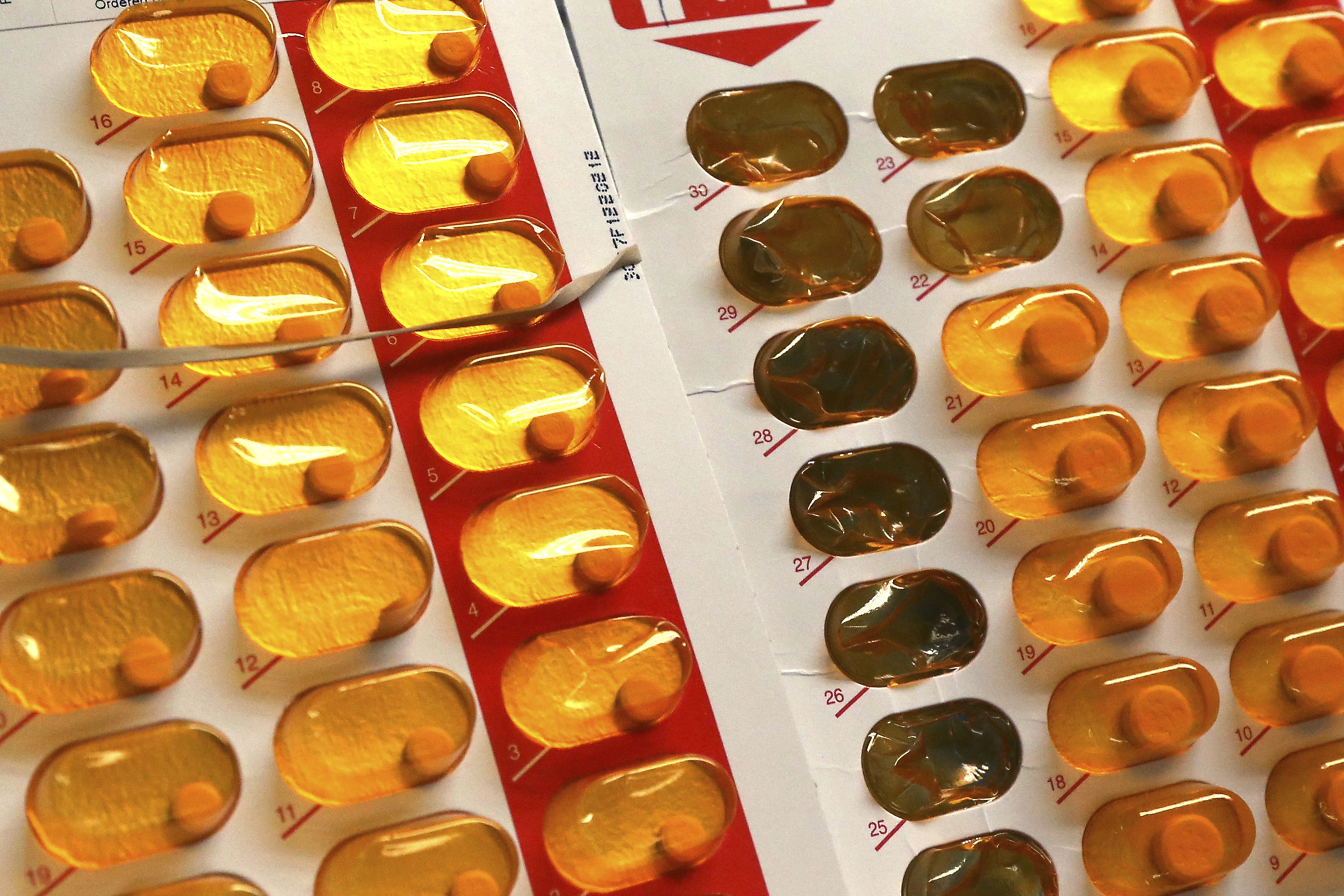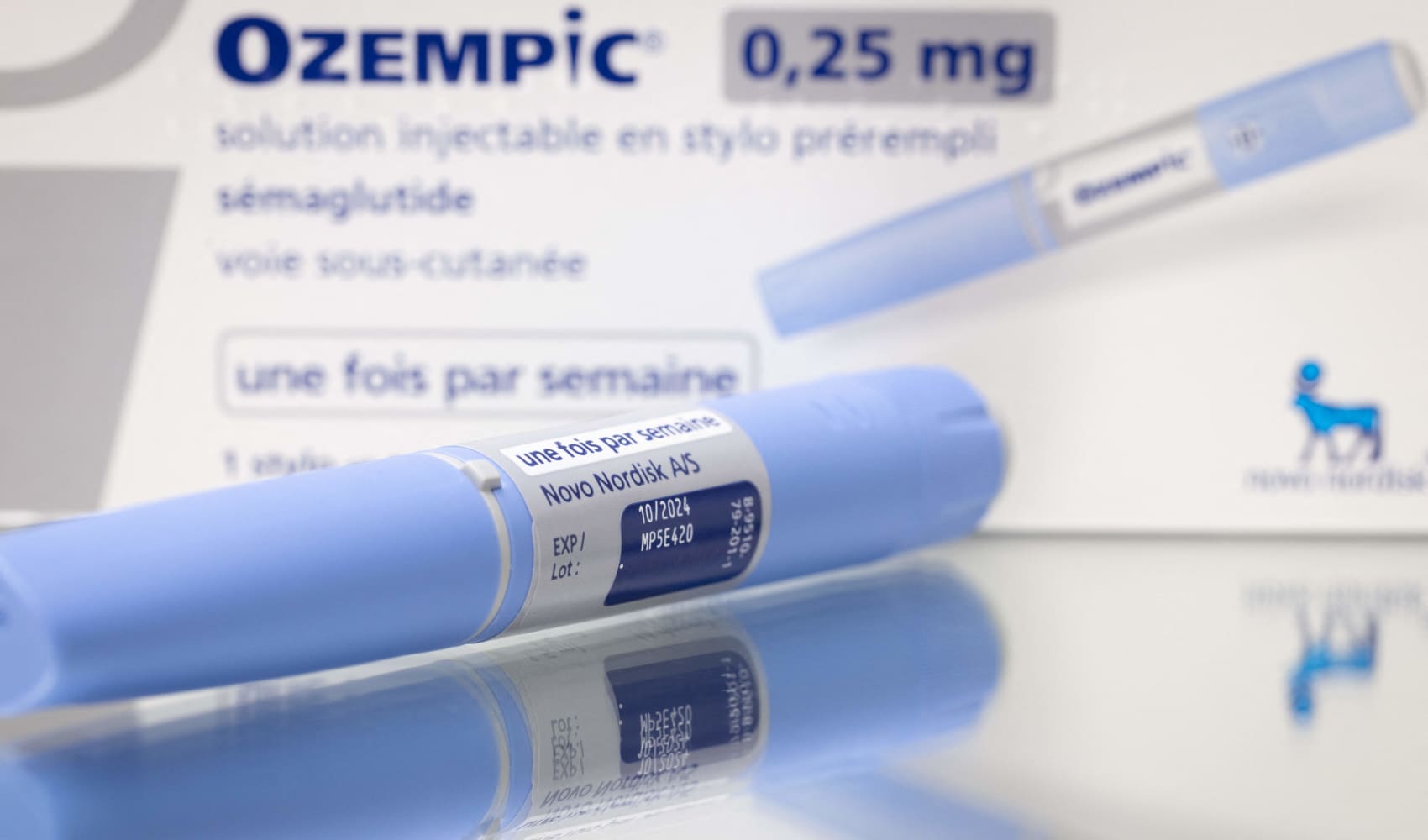atients commonly assume that lasers represent a fairly new technology. Many would be surprised, however, to learn that the first working laser was developed around 1960. Today's lasers still rely on the same principles and have much in common with the original laser. Lasers work by a basic concept-they produce an intense beam of light that travels in one direction and imparts so much energy to a target, that the target vaporizes. Properties such as the wavelength of light, energy of the beam, and exposure time differentiate lasers and allow them to be used for various types of treatment.
Laser Basics
Let's say you want to have small blood vessels removed from the bridge of your nose. One of several lasers would allow your physician to specifically remove blood vessels and only blood vessels from that area. Aside from the removed blood vessels, the skin of your nose would be unchanged. This specificity of a laser to address a particular problem (blood vessels, in this case) is what gives lasers a great advantage in many different types of treatments.
Every laser has a target. The target of the laser in the example above is hemoglobin, a protein found in red blood cells. The laser imparts great energy to the hemoglobin, causing changes in its form, and ultimately causes the blood vessel to disappear. A different laser could target melanin, which is the tan- or brown-colored pigment found in skin. A laser that targets melanin would be useful for removing dark marks commonly called liver spots.
Pigmented Lesions
Superficial brown-pigmented lesions such as liver spots can be vastly improved or made to disappear in many cases. These lesions are often located on sun-exposed skin. The skin lesion may change somewhat in appearance immediately after laser surgery, but complete resolution generally follows two weeks later.
The same class of lasers that treat benign superficial pigmented lesions may also be appropriate to lighten or even completely remove tattoos. Professionally placed tattoos, which are generally more complex and contain several colors, tend to be more difficult to remove than tattoos placed by amateurs. In most cases, tattoo removal requires repeated treatments. Even cosmetically similar designs placed by different artists may exhibit varying difficulties for removal due to the chemical differences of the ink.
It is important to recognize that not all pigmented lesions can be improved with laser. Lesions felt to be suspicious by your dermatologist may require observation or removal for analysis under a microscope.
Health
Vascular (Blood Vessel) Lesions
Many vascular lesions can be safely and effectively removed with a variety of lasers specific for this purpose. Problems such as tiny blood vessels that develop from sun exposure, hemangiomas (red marks on the skin), or conditions like rosacea (an entity partly characterized by blood vessels) can be improved or eradicated without scarring. Medical conditions that were once impossible to treat, such as port-wine stain hemangiomas, which are flat vascular patches present since birth, may now be substantially improved or even completely eliminated.
Blood vessels of the legs, sometimes known as spider veins, can also be greatly improved or even made to disappear. Ideally, the laser treats very small blood vessels most effectively. If the blood vessels are large enough, another medical technique known as sclerotherapy (injection of special solutions into the veins) may be employed along with lasers to produce disappearance of the leg veins.
Other dermatologic conditions improved by the vascular laser include scars and stretch marks. Reddish, elevated, and itchy scars can be made less red, flatter, and less bothersome by treatment with the proper laser. Another area where lasers can be appropriately used is the soles of the feet, where recalcitrant warts can occur. Even stretch marks have been noted to improve after laser surgery.
Laser-Assisted Hair Reduction
Reduction of hair by laser is now available. Women commonly request hair reduction on their upper lips, underarms, and bikini areas. Men frequently request removal of back hair. Laser-assisted hair reduction is far easier to withstand and less traumatic for normal skin than electrolysis or waxing. For this type of hair reduction, the pigmented hair sitting in the hair follicle is the target. Thermal damage is limited to the hair follicle and the surrounding normal structures remain unaffected. This method differs quite dramatically from electrolysis, whereby an electric needle is inserted down the hair follicle, causing excessive thermal damage and scarring of the follicle and the surrounding tissue.
Hair reduction works better if your hair is darker and your skin complexion is lighter. That's because the hair reduction laser does a better job of targeting the darker pigment structures (hair in the hair follicle) against the background of lighter skin. Reduction of hair still might be a possibility if your skin is darker but you should request the advice of your physician.
Hair reduction requires repeated treatments. That's because hair grows on a cycle and different hairs are in distinct phases of the cycle at any given time. No hair-removal laser system has demonstrated permanent hair removal after one treatment. Rather, depending on the situation, multiple hair-reduction treatments might be used during the first year with fewer treatments during the following years. It is believed that some amount (up to 15 percent) of permanent hair removal occurs with repeated treatments.
Laser Resurfacing
As we age, the effects of sun and time cause a thinning of the skin and fine lines to develop around our eyes and lips. Improvement in wrinkles, fine lines, and acne scars might be achieved by use of carbon dioxide or erbium lasers. These lasers allow thermal destruction of the most superficial skin layers without causing damage to surrounding normal tissue. In general, erbium lasers are used for more superficial resurfacing whereas carbon dioxide lasers are used to resurface skin to a deeper level.
Resurfacing procedures may require local or even general anesthesia depending on the specifics of the case. Although superficial, these treatments require a great deal of postoperative care. Initially, the skin is quite red and weepy. Depending on the depth and type of laser procedure performed, considerable redness or other pigmentary changes of the skin might occur and even persist for many months. Delayed healing has also been reported. In my opinion, laser resurfacing of skin is highly operator-dependent and tends to have a more favorable result when performed by physicians experienced in the field.
Treatment Evaluation
No single laser is capable of treating all dermatologic conditions. Most lasers have a fairly limited spectrum of conditions that may be treated. Your laser surgeon should carefully evaluate your particular problem, medical history, skin type, and pigmentation. Then an appropriate type of laser system may be suggested for treatment.
It's important to select a surgeon who has laser expertise. New lasers are continually introduced and it may not be possible for a physician to have years of experience with each and every laser. Your physician should have experience in general with lasers, their safety, and their principles of use, as well as an awareness of what other practitioners in the field are striving for and achieving.
Conclusion
The benefits of laser surgery can be remarkable and include improved therapeutic results, reduced risk of scarring and infection, and precisely controlled surgery that limits injury to normal skin. Additionally, lasers may offer an alternative to traditional scalpel surgery and may provide effective same-day surgery (you have surgery and are able to go home later that day ) for many skin conditions.



